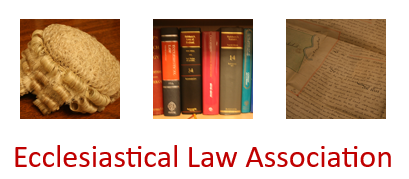Spitalfields Open Space Limited and others v The Governing Body of Christ Church Primary School and others (No 2) [2019] EACC 1
In 2012/13 a building (“the Nursery”) was erected on part of the disused, but still consecrated, churchyard to the south-east of Christ Church, Spitalfields, in the diocese of London. The Nursery was erected unlawfully, in contravention of section 3 of the Disused Burial Grounds Act 1884, which prohibits the erection of buildings in consecrated churchyards. In December 2017 the acting Deputy Chancellor of the Diocese of London issued a confirmatory faculty in respect of the Nursery, and refused to make a restoration order requiring the demolition of the Nursery. She also held that Spitalfields Open Space Limited did not have a sufficient interest to take part in the legal proceedings. On an appeal to the Court of Arches, the Court determined that:
(1) Spitalfields Open Space Limited had a sufficient interest;
(2) the Consistory Court had not had the power to grant a confirmatory faculty;
(3) an application by a Mr. Ouvry to intervene in the appeal should be refused;
(4) it was appropriate to make a restoration order, requiring the demolition of the Nursery.
(5) to allow time for the occupants of the Nursery to relocate, the restoration of the site need not be completed until 1 February 2029.

